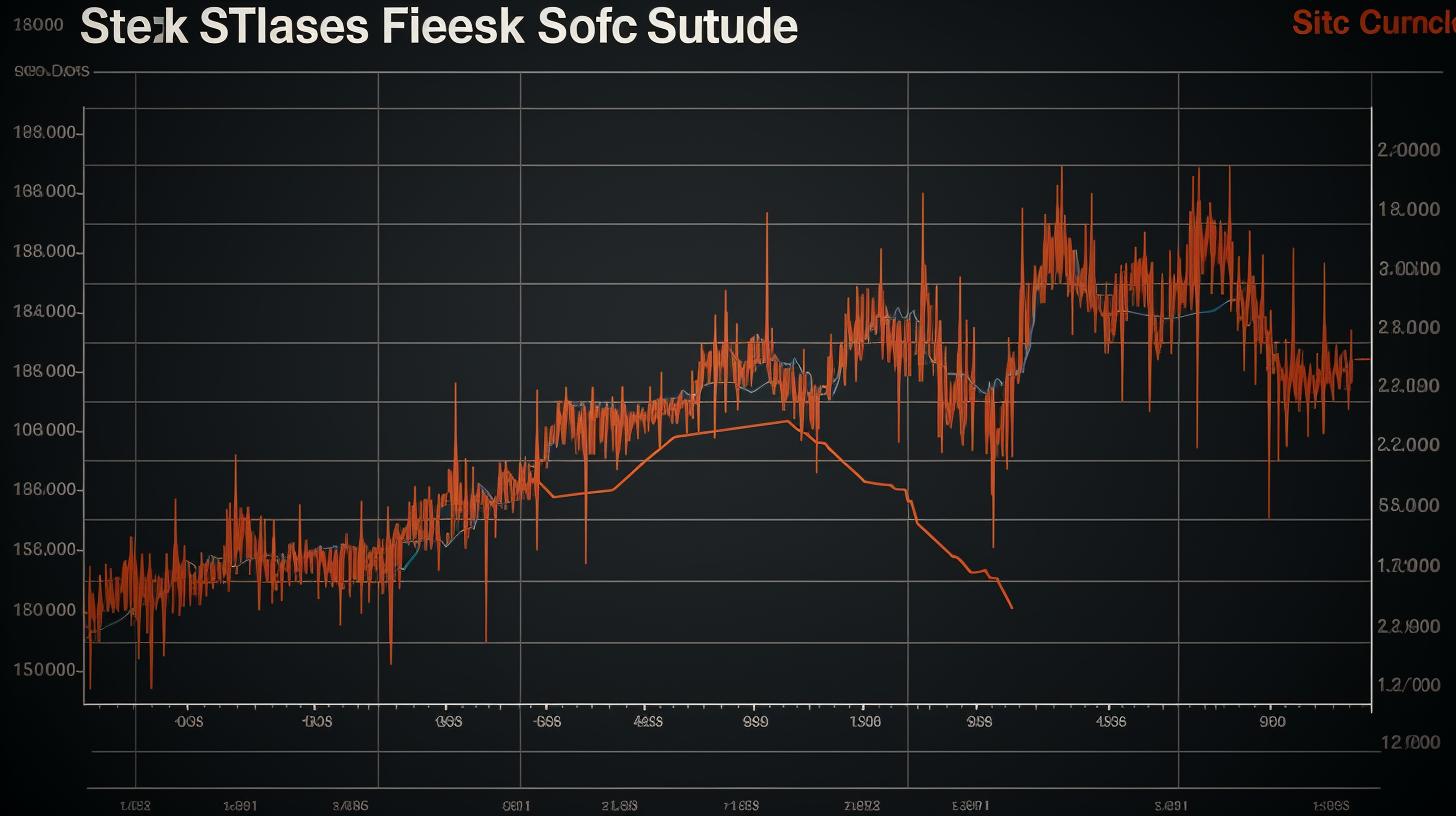Medicare Advantage Enrollment Trends Signal First Decline in Nearly 20 Years
The Centers for Medicare & Medicaid Services (CMS) projects a decline in Medicare Advantage enrollment for 2026, marking the first such drop in nearly two decades. Enrollment is expected to dip to 34 million beneficiaries in 2025, down from nearly 35 million this year, representing less than half of all seniors in the United States. Despite this projected decrease, CMS anticipates a more robust enrollment outcome than some insurers’ forecasts, maintaining that the Medicare Advantage market will remain stable. Seniors will typically have around 10 plan options to choose from when the 2026 open enrollment period begins.
Insurers Prioritize Profitability Amid Rising Costs and Regulatory Pressure
Health insurers, after more than a decade of aggressively expanding their Medicare Advantage footprint, have encountered shrinking profits over the past two years. This is largely due to unexpectedly high medical costs among members and new regulations that reduce government reimbursement rates.
Cobi Blumenfeld-Gantz, CEO of Chapter brokerage, notes, “Most Medicare Advantage carriers are now more focused on profitability rather than growth, leading to less generous plan benefits compared to previous years.”
Plan Costs and Benefits: Mixed Signals for Seniors
CMS forecasts an average monthly premium decrease from $16.40 in 2024 to $14 in 2026. However, early data from major insurers suggest that many plans, particularly those offered by UnitedHealthcare, Aetna, Elevance, and Humana, will see increased premiums and higher deductibles. Evercore ISI analysts highlight that insurers have trimmed benefits to improve margins, with a notable emphasis on Health Maintenance Organization (HMO) plans, which generally feature more limited provider networks and have experienced more significant benefit reductions.
Elizabeth Anderson of Evercore ISI stated, “Insurers have taken action to improve margins through benefit reductions, including higher premiums, deductibles, and out-of-pocket maximums, particularly impacting HMO plans.”
Broker Commissions Cut, Affecting Plan Accessibility
Insurance carriers are increasingly cutting broker commissions on less profitable plans, limiting brokers’ ability to promote or even enroll beneficiaries in certain offerings. This trend is unprecedented in scale, with 15% to 20% of plans decommissioned nationwide for 2026, and even higher rates in states like New York and Georgia. Independent agents warn that some plans are being suppressed entirely from broker platforms, restricting beneficiary choice.
Michael Antoine, an independent agent, remarked, “I have encountered plans that I couldn’t enroll clients into because carriers are actively suppressing membership in those options.”
Open Enrollment Begins: Seniors Urged to Shop Carefully
The Medicare open enrollment period for 2026 runs from October 15 through December 7. Given the significant plan changes and market disruptions, experts strongly advise beneficiaries to actively review and compare their options rather than defaulting to existing plans.
Whitney Stidom, VP at eHealth, emphasized, “This is not the year to go on autopilot. Comparing plans can save seniors over $1,800 in out-of-pocket costs.”
A potential government shutdown starting October 1 introduces additional uncertainty, although CMS has assured that critical Medicare services and open enrollment processes will continue uninterrupted.
FinOracleAI — Market View
The Medicare Advantage market faces a pivotal moment as insurers recalibrate their strategies to restore profitability amid rising healthcare costs and tighter regulatory controls. The anticipated enrollment decline reflects a strategic pullback rather than diminishing demand, with insurers favoring profitability over expansion.
- Opportunities: Seniors can potentially benefit from plan comparisons to identify cost savings and tailored coverage amid a more competitive landscape.
- Risks: Reduced plan availability and benefit cuts may limit access to preferred providers and increase out-of-pocket expenses for some beneficiaries.
- Market Dynamics: Broker commission cuts threaten the traditional advisory ecosystem, potentially complicating consumer decision-making.
- Regulatory Impact: Ongoing reimbursement pressures and regulatory changes are likely to continue shaping insurer behavior and plan design.
Impact: This enrollment contraction signals a market correction prioritizing sustainable insurer margins, with direct implications for beneficiaries’ plan selection and costs in 2026.













